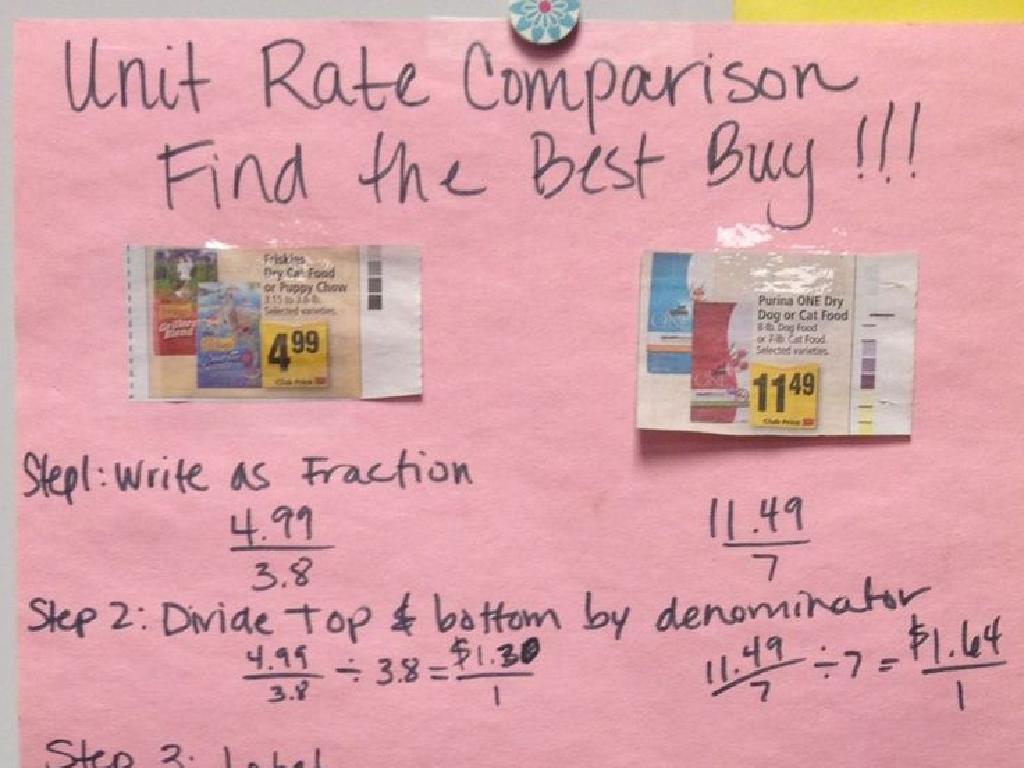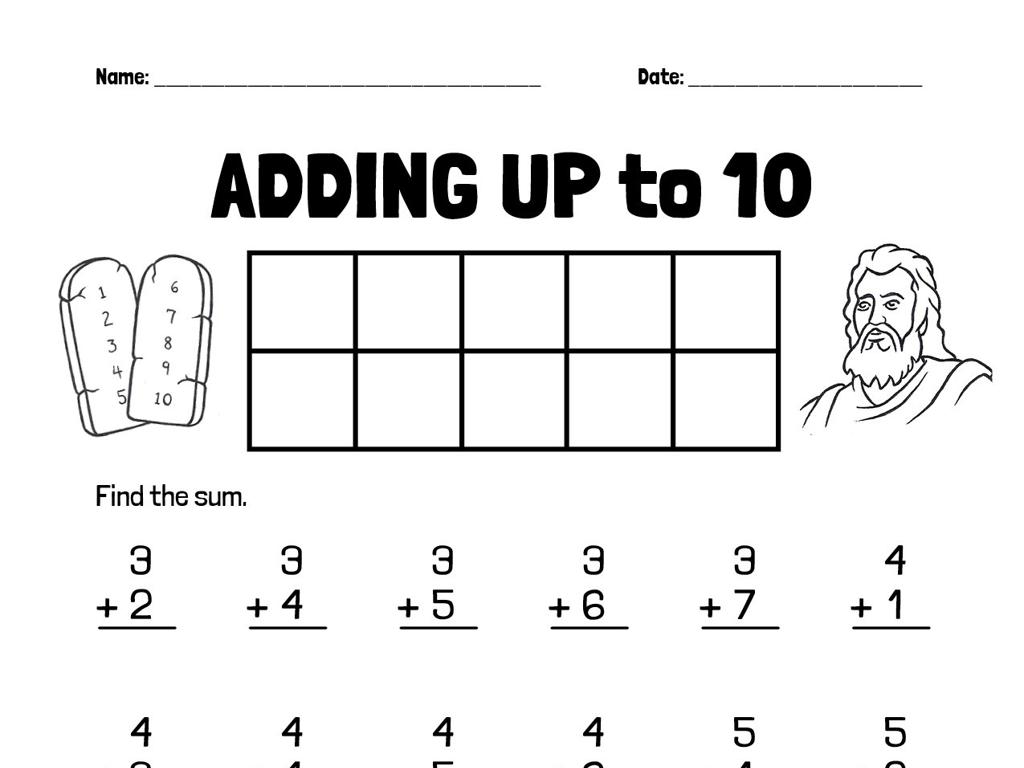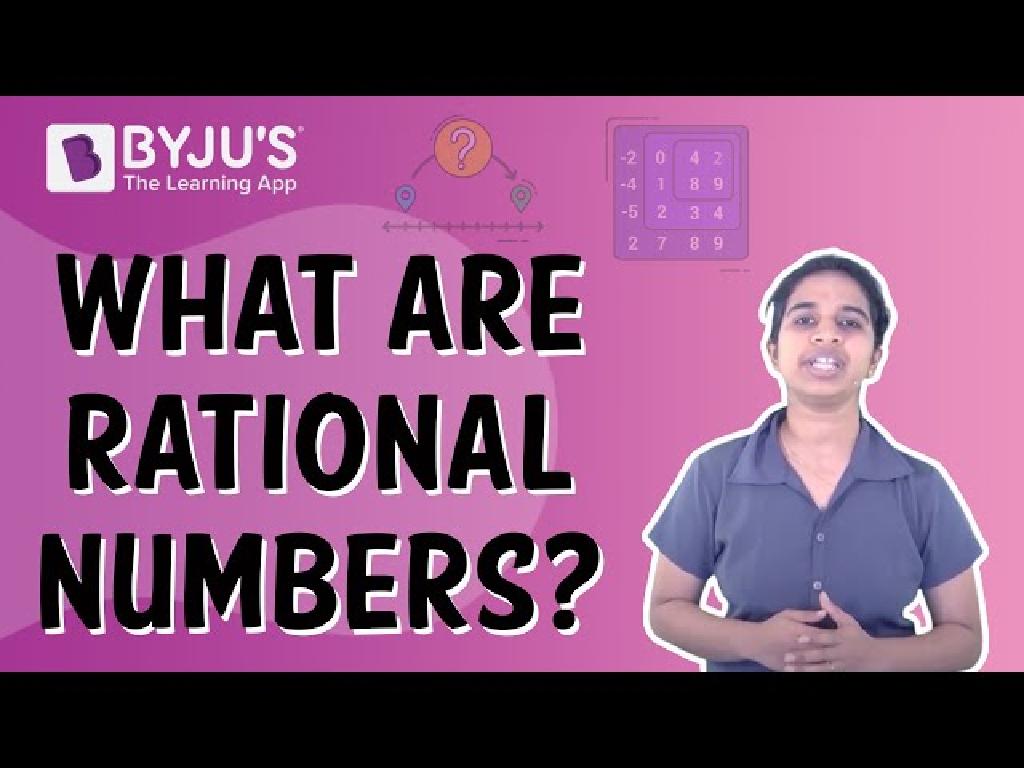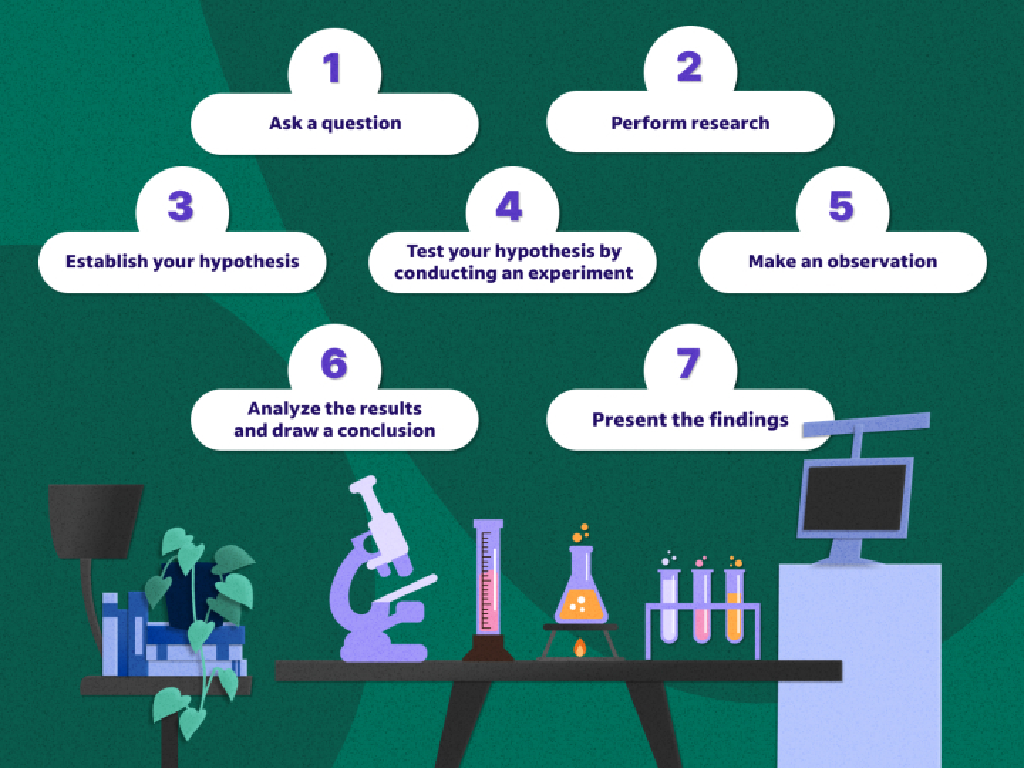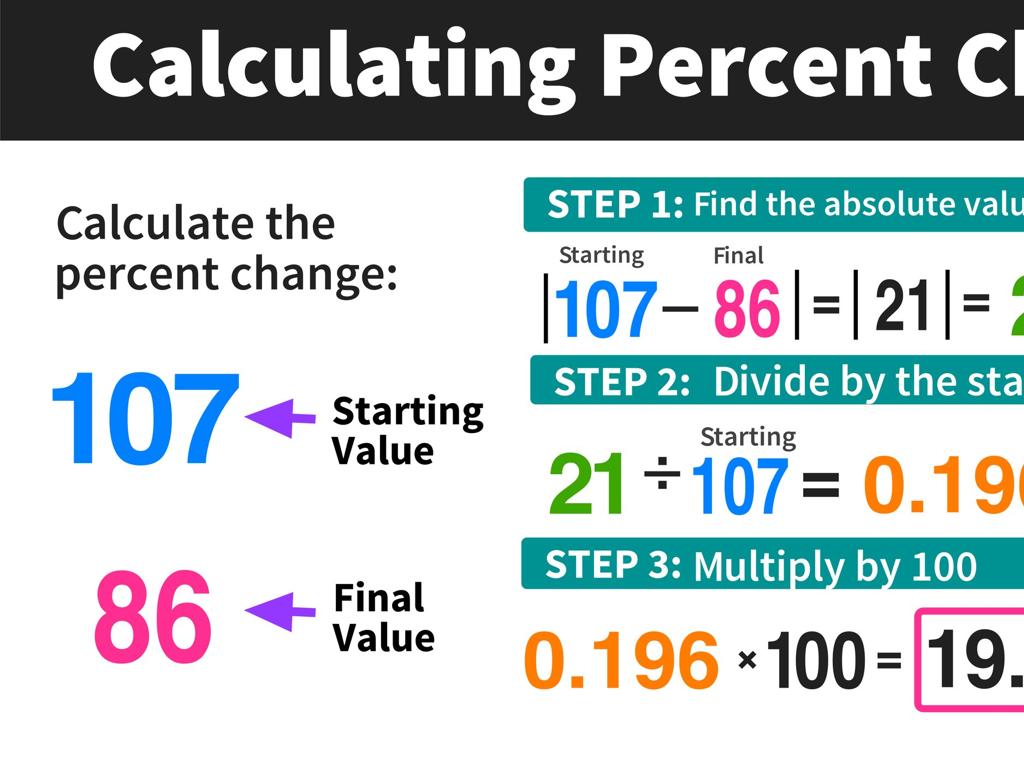Use Regular Plurals With -S And -Es
Subject: Language arts
Grade: Third grade
Topic: Nouns
Please LOG IN to download the presentation. Access is available to registered users only.
View More Content
Nouns and Their Plural Friends!
– Discover what nouns are
– A noun is a person, place, thing, or idea
– Naming nouns around us
– Examples: ‘dog’, ‘school’, ‘pencil’
– Singular vs. plural nouns
– Singular means one, plural means more than one
– Adding -s and -es to make plurals
– Most plurals add ‘s’, but some add ‘es’ like ‘boxes’
|
This slide introduces the concept of nouns and their plural forms to third-grade students. Begin by explaining that nouns are the names of people, places, things, or ideas. Engage the class by asking them to identify nouns in the classroom. Then, discuss the difference between singular and plural nouns, emphasizing that singular nouns refer to one item while plural nouns refer to more than one. Teach the general rule for creating plurals by adding -s or -es, providing examples for each. Encourage students to think of their own examples and understand when to use -s versus -es. Prepare to have students practice making nouns plural in upcoming activities.
Singular vs. Plural Nouns
– Singular nouns: only one
– Plural nouns: more than one
– Add -s for most plurals
– For example, ‘cat’ becomes ‘cats’
– Add -es for words ending in s, x, z, ch, sh
– For example, ‘bus’ becomes ‘buses’
|
This slide introduces the concept of singular and plural nouns to third-grade students. Singular nouns refer to one item, while plural nouns refer to more than one. Most nouns become plural by simply adding an -s at the end. However, for words that end in s, x, z, ch, or sh, students should add -es to make them plural. Use examples like ‘cat’ to ‘cats’ and ‘bus’ to ‘buses’ to illustrate the rule. Encourage students to think of their own examples and write sentences using both singular and plural forms. This will help them understand and remember the concept of singular and plural nouns.
Making Nouns Plural with -s and -es
– Add -s to make nouns plural
– Example: car becomes cars
– Singular noun ‘car’ gets an -s to become ‘cars’
– Practice with class examples
– We’ll try turning more singular nouns into plurals
– Rules for using -s and -es
– Learn when to add just -s and when to add -es
|
This slide introduces the basic concept of forming regular plural nouns by adding -s. Start by explaining that most singular nouns can be made plural simply by adding an -s at the end. Use ‘car’ as a clear example, showing that ‘car’ becomes ‘cars’ when there is more than one. Engage the class by practicing with more examples, which will help reinforce the concept. Also, introduce the idea that some nouns require -es to become plural, setting the stage for further learning. Encourage students to think of their own examples and share them with the class. This interactive approach will help students grasp the concept of regular plurals.
Plural Nouns: When to Use -es
– Add -es to nouns ending in sh, ch, s, x, z
– Words like brush, church, fox, and quiz get -es
– Example: bus becomes buses
– It turns one bus into many buses!
– Let’s practice with -es words!
– We’ll do fun activities to learn these plurals
|
This slide introduces the rule for adding -es to make regular plurals. Focus on the specific endings that require -es when pluralized. Provide clear examples for each case, such as ‘brush’ becoming ‘brushes’ or ‘fox’ becoming ‘foxes’. For the practice activity, prepare a list of words that follow this rule and have students convert them into plurals. Activities can include matching games, fill-in-the-blank sentences, or a spelling bee format where students are asked to spell the plural form of given words. Encourage students to think of other words that fit this rule and to use them in sentences to reinforce their understanding.
Plural Nouns: Exceptions to the Rule
– Some nouns have unique plurals
– Memorization is key for exceptions
– ‘Child’ changes to ‘children’
– Not ‘childs’ but ‘children’
– ‘Mouse’ becomes ‘mice’
– Not ‘mouses’ but ‘mice’
|
This slide focuses on the irregular plural forms of nouns that do not follow the standard -s or -es rule. It’s important to highlight to the students that while many words in English follow a predictable pattern when changing from singular to plural, there are some exceptions that they will need to memorize. Provide examples like ‘child’ to ‘children’ and ‘mouse’ to ‘mice’ to illustrate this concept. Encourage students to think of other examples and to practice these irregular forms. You can create activities where students match singular nouns to their irregular plural forms or use them in sentences to reinforce their learning.
Let’s Practice Plurals!
– I’ll show a noun, find its plural
– We write the plurals on the board
– For example, ‘cat’ becomes ‘cats’, and ‘bus’ becomes ‘buses’
– Are you ready to demonstrate?
– Let’s start and have fun learning!
|
This interactive slide is for a classroom activity where students will practice forming regular plurals with -s and -es endings. Display a singular noun and ask the students to convert it into its plural form. As they provide answers, write them on the board to visualize the changes. This exercise will help reinforce the lesson and ensure students understand how to apply the rules for creating regular plurals. Encourage participation and praise correct answers to build confidence. If a student struggles, guide them with hints or by breaking down the word phonetically. Prepare a list of nouns of varying endings to cover both -s and -es plural forms. Possible activities: 1) Students write plurals on individual whiteboards. 2) Group competition: which group can form plurals correctly the fastest. 3) Plural scavenger hunt: find objects in the classroom and write their plurals. 4) Plural charades: act out the singular and plural forms.
Class Activity: Plural Noun Hunt
– Team up with a buddy
– Hunt for classroom items
– Write the items’ plurals
– Add ‘s’ or ‘es’ to make nouns plural
– Share with the class!
|
This interactive activity is designed to help students understand and practice the concept of regular plurals in a fun and engaging way. Students will pair up and look for various items in the classroom. They will then write down the plural form of each noun by adding ‘-s’ or ‘-es’, depending on the word. For example, ‘book’ becomes ‘books’, and ‘box’ becomes ‘boxes’. After the hunt, each pair will have the opportunity to share their findings with the class, allowing for a collaborative learning experience. The teacher should circulate during the activity to assist and ensure students are correctly forming plural nouns. Possible variations of the activity could include a timed challenge, a scavenger hunt for specific items, or creating a classroom display with the collected nouns.
Mastering Plurals: -s and -es
– Celebrate learning plurals!
– Practice leads to perfection
– Observe nouns in the world
– Look around, find singulars and turn them into plurals
– Keep growing your skills
|
This slide is a conclusion to reinforce the lesson on regular plurals with -s and -es. Congratulate the students on their hard work and remind them that continuous practice is key to mastering the concept. Encourage them to be observant of the nouns they encounter in their daily lives, whether it’s at home, in a book, or during a walk, and to mentally note the singular and plural forms. This will help them apply what they’ve learned in class to real-world situations, further solidifying their understanding. Keep the atmosphere positive and celebratory to motivate the students to continue practicing and learning.

